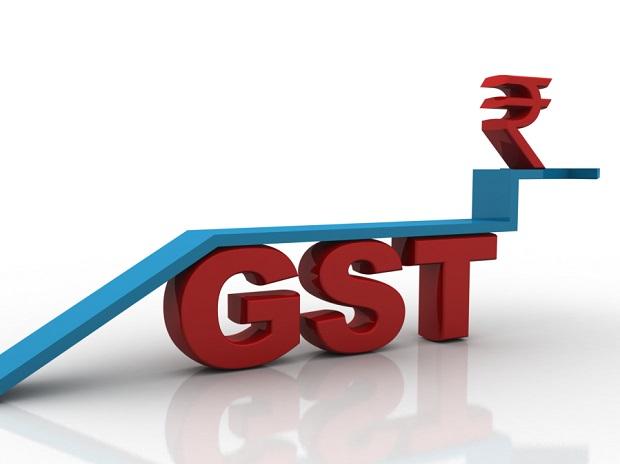
Goods and service tax also called GST is an indirect tax system implemented currently in 160 countries all over the world. A tax levied on goods and services provided or sold for domestic or household consumption is called Goods and Service Tax. The GST is mainly levied on consumers of goods and services, but the business people like wholesalers and retailers selling the goods and services are remitted these taxes to the government. GST provides revenue and income for the government in the growth process of the economy. The GST is an indirect federal sales tax that is set on the basis of the rate slab of saleable goods and services under consideration. The GST is added to the value of the product/service at the business level and a consumer who purchases the product/service has to pay the sales price plus GST. The GST portion collected from the consumers and accumulated by the business or seller has to be forwarded to the government. In some countries, this kind of tax is referred to as a Value-Added tax in simple way VAT. The first country to implement the GST was France in 1954, and ever since then an approximate 160 countries have adopted and implemented this indirect tax system in some of the other ways. Other countries which implemented GST include Canada, Vietnam, Italy, Nigeria, Brazil, Australia, Singapore, the U.K., Monaco, Spain, and South Korea. On 1st July 2017, India joined the GST group by combining the sales tax, value-added tax, and other indirect taxes under a single umbrella. Generally, the countries which adopted GST have a single unified tax system, which means that a single tax rate is applied all over the country. A country with an integrated GST platform merges central taxes such as excise duty tax, sales tax & service tax with state-level taxes such as entertainment tax, entry tax, transfer tax, sin tax, and luxury tax and collects them as one solitary tax. The GST on a given good or service can be calculated at a single rate and at a sole point, which will be more trouble-free for the consumers, the business people as well as the government to keep track on it. This model eliminates confusion and complexity of the taxing system from both consumer and business people point of view.

